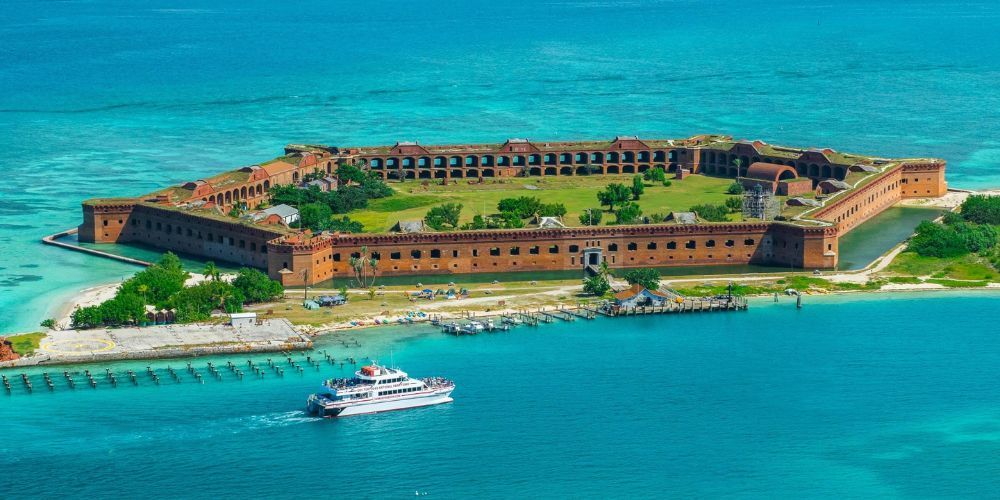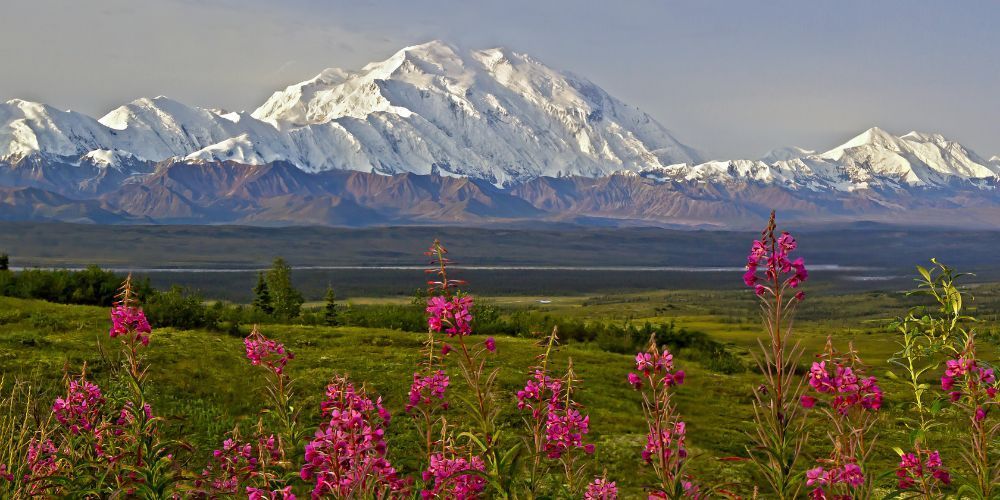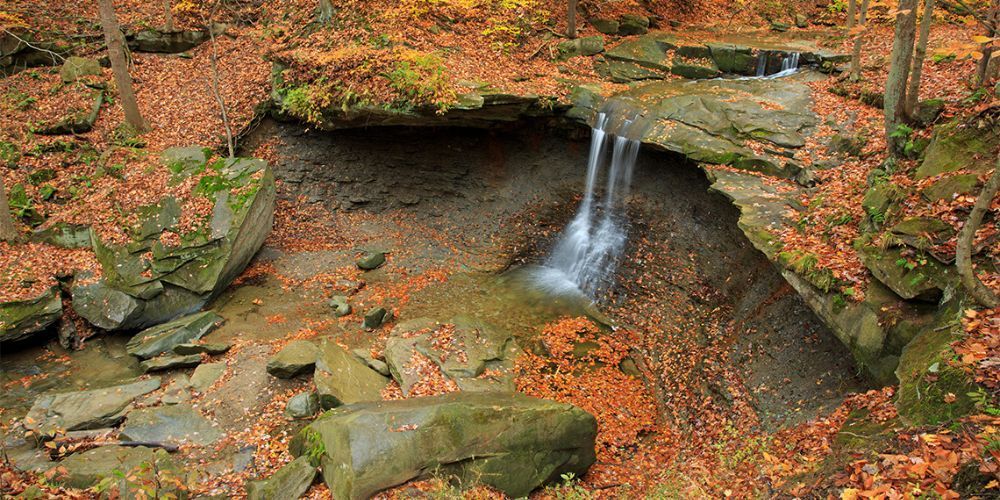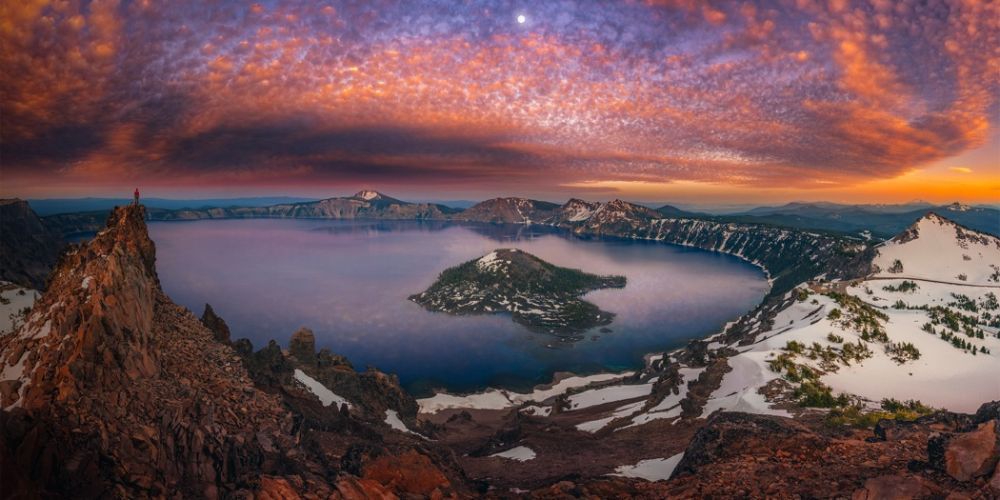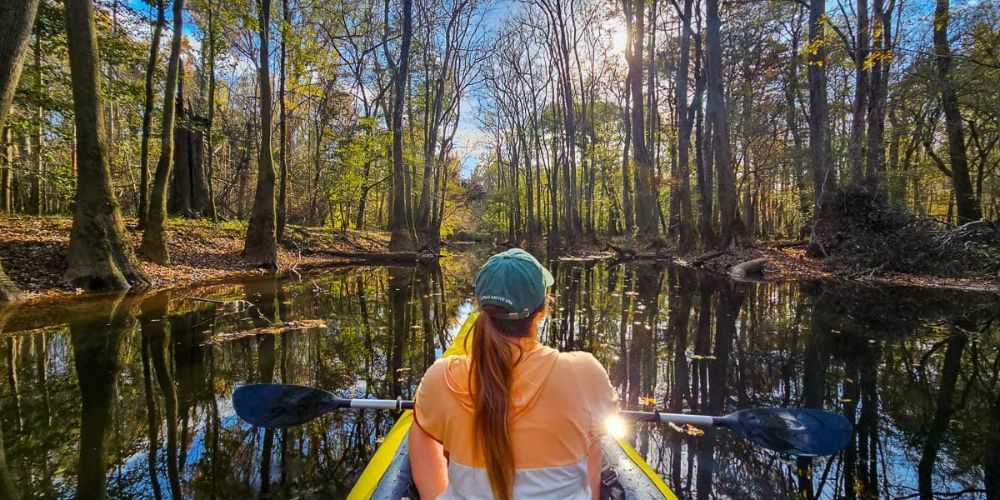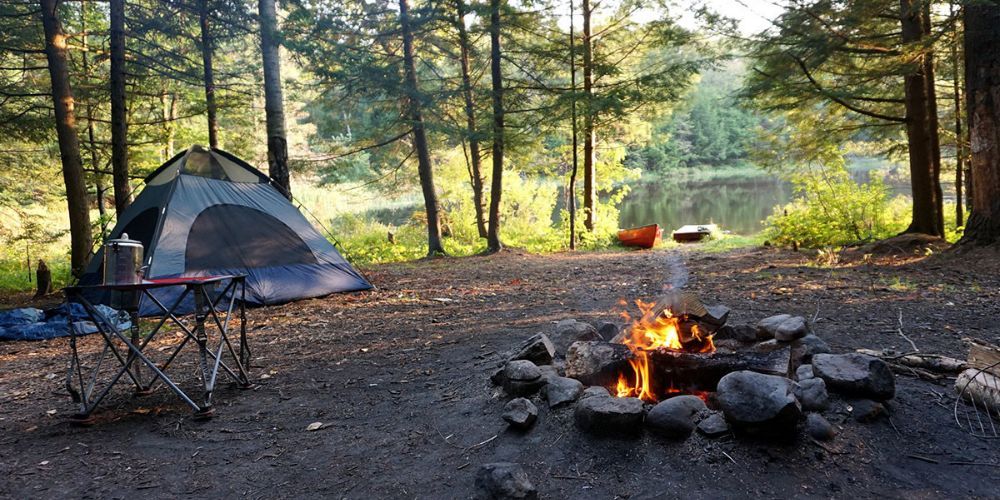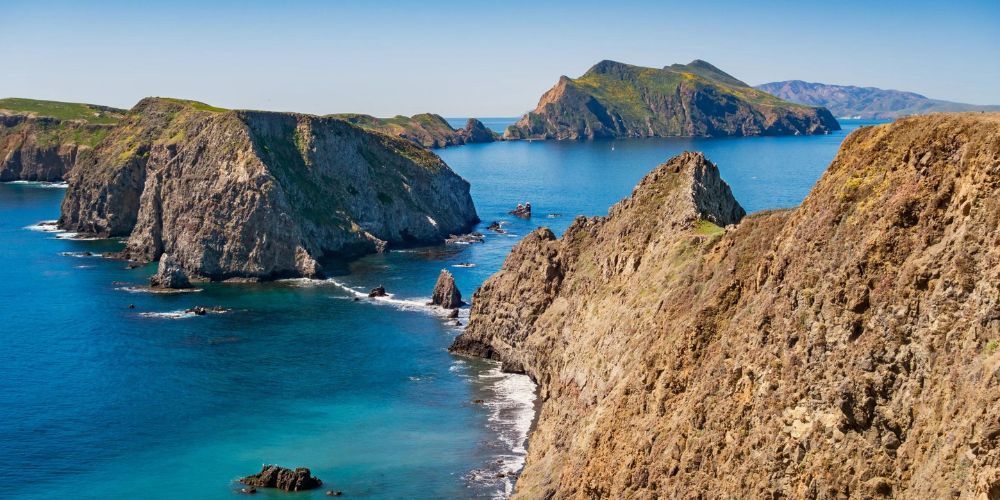The Best 4 Season Tents for Outdoor Adventure: A Comprehensive Guide
When planning an expedition through diverse climates, having the right shelter can make or break your adventure. Picture this: the wind howls fiercely around your campsite at midnight while dense snow gathers against your tent walls. It's in these moments that the reliability of your gear proves crucial. After pouring over countless reviews and personally testing various models in harsh conditions, we’ve identified top-tier options that promise safety and comfort no matter where you pitch your tent.
Navigating endless choices of four-season tents can be daunting – each boasting different strengths from superior insulation to lightweight portability. We’ve broken down essential features such as material quality, weather resistance, weight considerations, and ease of setup to help you make an informed decision. From robust structures designed for alpine heights to versatile designs suitable for milder climates yet storm-ready when needed – our guide will dive into reliable tents tailored for every adventurer’s needs. Let's explore what makes these models stand out in ensuring a worry-free outdoor experience.
When selecting a 4-season tent, it's crucial to prioritize durability, weather resistance, livable space, and weight. Look for sturdy pole structures, ample vestibule space, and fabrics with high waterproof ratings to ensure reliable protection in harsh conditions. Additionally, ventilation is essential to manage condensation during extended use in cold environments.
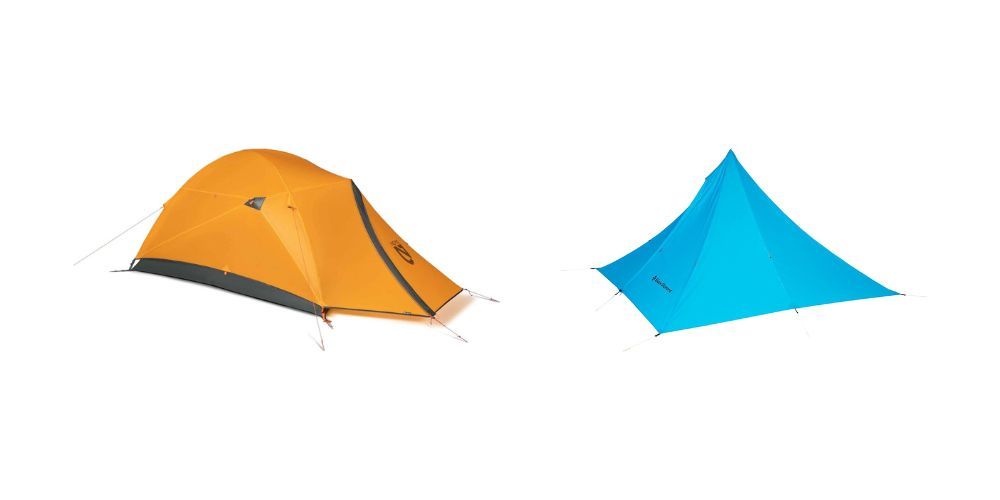
Best 4 Season Tents
When choosing a four-season tent, several factors such as build quality, durability, weight, cost, and specific features tailored to your outdoor needs should be considered. Let's take a closer look at some of the top choices available today.
Mountain Hardwear Trango 2
The Mountain Hardwear Trango 2 is a reliable option designed to withstand severe weather conditions. With its tough construction, it provides excellent insulation and weather protection. This double-wall tent offers a spacious interior with 40 square feet of living space, complete with two doors and vestibules for added comfort and convenience. While its weight might be on the heavier side at 9 lb. 10.2 oz., its price point sits at approximately $900.
The durability and reliability of the Trango 2 make it an ideal choice for mountaineers and winter campers who need a sturdy shelter that can endure harsh weather without compromising livability or comfort.
Samaya 2.0
On the lighter end of the spectrum, the Samaya 2.0 is a lightweight and compact 4-season tent specifically designed for alpine climbers. Its high-tech single-wall design ensures waterproofness and breathability, making it an excellent choice for those venturing into alpine terrain. Additionally, at only 3 lb. 5 oz., it offers remarkable portability without sacrificing durability. However, this level of performance comes at a slightly higher price point of approximately $1,100.
The advanced materials and technology used in the Samaya 2.0 make it an optimal choice for alpine climbers who prioritize minimal weight without compromising on weather protection.
Nemo Kunai 2P
The Nemo Kunai 2P stands out due to its versatility, offering zip-off walls that allow for adaptation to varied weather conditions. This feature makes it perfect for shoulder-season adventures where weather changes can be unpredictable. The double-wall construction and an extra pole for added stability provide peace of mind during inclement weather. Priced at approximately $550 and weighing 4 lb. 5 oz., the Kunai strikes a balance between affordability and functionality.
Its adaptability to changing weather conditions makes the Nemo Kunai 2P an attractive choice for adventurers embarking on trips during transitional seasons when temperature variations and unexpected precipitation occur frequently.
Black Diamond Mega Light
Lastly, the Black Diamond Mega Light serves as an ultralight shelter that's particularly versatile for snow camping. As a floorless shelter, it provides ample room while sacrificing some protection from the elements. At approximately $400 and weighing 2 lb. 13 oz., this tent is favored by those looking to minimize weight without compromising shelter space during winter escapades.
Snow campers seeking minimalistic yet spacious shelter options often gravitate towards the Black Diamond Mega Light due to its lightweight design and generous interior volume.
These top picks offer diverse features catering to different outdoor requirements, ensuring that adventurers can find a four-season tent tailored to their specific needs and preferences.
As we've explored some top-tier four-season tents suitable for various outdoor endeavors, it's essential to understand the materials crucial for ensuring their performance in extreme conditions.
Materials for 4 Season Tents
When choosing a 4-season tent, the materials used play a critical role in determining its performance in harsh weather conditions. Fabric is one of the most important factors to consider. Nylon is known for its strength and abrasion resistance, making it ideal for withstanding tough outdoor conditions. However, it has the tendency to sag when wet. On the other hand, polyester maintains its shape better in wet conditions.
Consider this: Nylon fabric is like having a reliable anchor during rough weather—it won't give way easily. It's like the sturdy roots of a tree holding it firmly in place. Meanwhile, polyester fabric is resilient in adverse conditions like a flexible shield, adapting and maintaining its form even when facing wet challenges.
Coatings
When selecting a 4-season tent, understanding the different coatings available can make a significant difference in its performance. For instance, silicone-coated nylon offers enhanced water resistance and durability, making it an ideal choice for extreme weather conditions. On the other hand, polyurethane (PU) coating is more common and cost-effective, providing effective waterproofing; however, it may degrade faster than silicone coatings.
Finding the right balance between water resistance and long-term durability is crucial when selecting a 4-season tent.
If we consider this from a real-world perspective, think of silicone coating as an advanced shield that repels water like a superhero's armor—keeping you dry and protected during heavy rain or snow. Meanwhile, PU coating provides adequate protection like a trusty raincoat—it may not be as advanced but gets the job done at a reasonable cost.
Poles
In addition to fabric and coatings, the choice of poles significantly impacts the strength and stability of a 4-season tent. Aluminum alloy poles are preferred for their exceptional combination of strength and lightweight properties, essential for ensuring high-wind stability. On the other hand, tents with carbon fiber poles offer similar strength with reduced weight but often at a higher cost.
Imagine aluminum alloy poles as the reliable backbone of your shelter—strong yet lightweight, providing unwavering support during fierce winds. Conversely, carbon fiber poles offer similar robustness but feel as light as air—a high-performance upgrade at an increased investment.
Understanding these key materials will help you make an informed decision when choosing a 4-season tent that best suits your specific outdoor needs. This knowledge empowers you to select a tent that offers the right balance of durability, weather resistance, and overall performance for your outdoor adventures.
With a solid understanding of the essential materials for 4-season tents , let's now shift our focus to exploring the key features that set these shelters apart in the great outdoors.
Key Tent Features
When you're out in the wild, your tent becomes your temporary shelter—a home that shields you from harsh weather and keeps you comfortable. To ensure that you have a reliable, sturdy, and comfortable abode during your outdoor excursions, it's crucial to consider the essential features that make a 4-season tent worthy of your investment.
Vestibules
Vestibules are invaluable extensions to your tent and offer more than just additional space. They provide a dedicated area to store wet or muddy gear, keeping it separate from your sleeping quarters and maintaining the tidiness of your living area. This extra storage space is especially useful when bad weather confines you inside the tent for extended periods. When evaluating a 4-season tent , look for generous vestibule areas that can accommodate your backpacks, boots, and other equipment without crowding the main living space.
Ventilation
Ventilation is a critical aspect of any tent, but it's particularly vital for 4-season tents. These shelters need to regulate moisture effectively to prevent condensation buildup inside, which can be especially precarious in cold environments. Look for tents with adjustable vents that can be managed from inside the tent. This feature allows you to control airflow according to the weather conditions, ensuring a comfortable interior environment regardless of the external elements.
Guy Lines and Anchor Points
Stability is non-negotiable when it comes to 4-season tents, especially in high winds and snowy conditions. The number of guy lines and anchor points on a tent directly influences its ability to withstand adverse weather. Opt for tents with robust anchor points and multiple guy lines, as they contribute to better stability and security. These additional lines add reinforcement against strong winds and heavy snow loads, giving you peace of mind during unpredictable weather events.
By focusing on these key tent features—vestibules, ventilation, guy lines, and anchor points—you can make an informed decision when choosing a 4-season tent that suits your outdoor needs. Each feature plays a significant role in enhancing the functionality, comfort, and durability of the shelter, ensuring a reliable home away from home during your wilderness escapades.
As you prepare to venture deeper into the world of outdoor shelter essentials, let's explore the critical factors of wind resistance and insulation in maximizing comfort and safety during your wilderness expeditions.
Wind Resistance and Insulation
When it comes to 4-season tents, wind resistance and insulation are crucial factors that can significantly impact your outdoor experience. Picture being in the wilderness, and a sudden gust of wind starts hammering against your tent, threatening to topple it over. A tent with poor wind resistance can turn an enjoyable trip into a stressful one. Similarly, inadequate insulation can leave you shivering through the night. Therefore, comprehending how these elements come into play is essential when choosing the right 4-season tent.
Wind resistance is determined by various factors, including the shape of the tent and its components, such as poles and guylines. Geodesic and dome designs are known for their superior wind resistance because they distribute stress across multiple points. This structural design is crucial in preventing the tent from collapsing under the force of strong winds, providing stability and security in adverse conditions.
In addition to wind resistance, insulation plays a vital role in maintaining comfort and warmth inside the tent. The double-wall design, consisting of an inner tent and an outer fly, offers an extra layer of insulation. This setup reduces heat loss and prevents condensation from reaching the occupants. The outer fly acts as a shield against wind and precipitation, ensuring that the interior remains cozy and dry even in harsh weather conditions.
However, it's important to remember that not all double-wall designs are created equal. Factors such as the quality of materials used in the construction of the tent, as well as the design of ventilation systems, also impact its insulation capabilities.
Keep in mind that during colder seasons, proper insulation becomes even more critical to ensure a comfortable sleeping environment. Without effective insulation, your body heat can escape rapidly, leaving you susceptible to cold temperatures, which can lead to discomfort and even hypothermia in extreme cases.
To put it into perspective, think of insulation like a warm blanket on a cold winter night. Just as a thick blanket traps heat around your body, good insulation traps warmth within the tent's interior, providing a cozy haven amidst challenging outdoor conditions.
Understanding how wind resistance and insulation function within a 4-season tent will aid you in selecting a model that offers optimal protection and comfort during your outdoor expeditions.
As we venture deeper into the realm of outdoor shelters, let's now explore the key differences between lightweight and heavy-duty tents—a choice that defines your adaptability in varying terrain and conditions.
Lightweight vs. Heavy-Duty Tents
When it comes to choosing the right tent, understanding the difference between lightweight and heavy-duty options is essential. Both types have their advantages and limitations, so it's crucial to identify what matters most to you when selecting the ideal shelter for your outdoor escapades.
Ultralight Tents like the Samaya 2.0 and Black Diamond Mega Light are perfect for those who prioritize weight over durability. These tents are a dream when it comes to packing lightly, making them an excellent choice for long-distance backpacking trips or fast-paced adventures where every ounce counts.
Imagine embarking on a multi-day hiking expedition through rugged terrains. Packing an ultralight tent means less strain on your back, leaving more energy for the journey itself. Even when every step is a test of endurance, a lighter load can make all the difference in reaching your destination comfortably.
On the other hand, Heavy-duty Tents like the Mountain Hardwear Trango 2 and Nemo Kunai 2P are better suited for extreme conditions, offering enhanced durability and stability at the cost of increased weight. If you're venturing into harsh environments characterized by strong winds, heavy snowfall, or unpredictable weather patterns, these models can provide added protection and peace of mind.
Consider camping above the treeline where weather conditions can shift unpredictably or setting up base in snow-covered terrains where exposure to elements is constant. In such scenarios, having a heavy-duty tent provides a secure and stable shelter that withstands challenging conditions, ensuring a safe and comfortable refuge no matter what nature throws your way.
In making this choice, it's essential to assess your specific needs based on the type of outdoor pursuits you engage in and the environmental conditions you typically encounter. By doing so, you can select a tent that perfectly aligns with your preferences and ensures a reliable home away from home during your adventures.
Now that we've examined the considerations for selecting the right tent based on weight and durability, let's turn our attention to tents designed for accommodating families and groups.
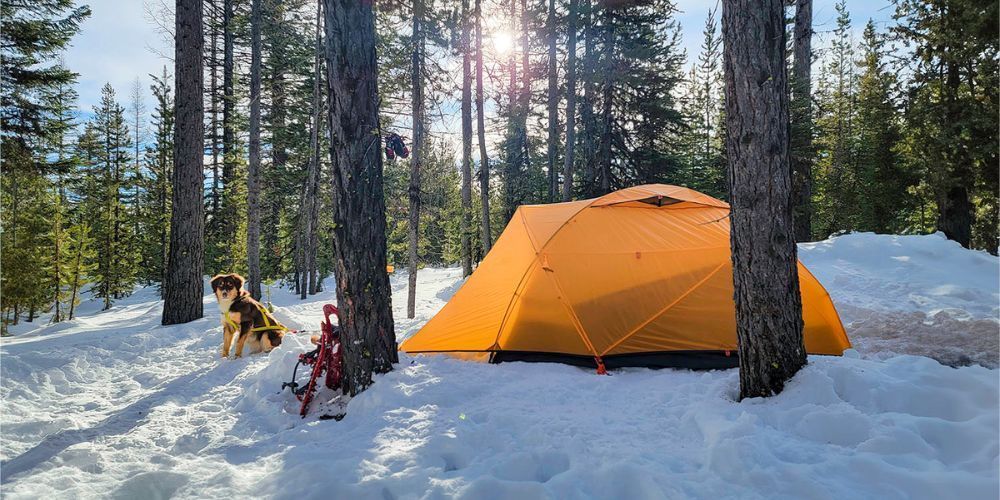
Tents for Families and Groups
Venturing into the wilderness with your family or a group of friends calls for finding the right tent, which is crucial. It's not just about seeking shelter from the elements; it's about creating a shared space where everyone can feel comfortable and secure. This is where the size and durability of a tent come into play.
Large capacity tents offer multiple rooms or larger vestibules for gear storage, advantageous for families or groups, allowing everyone to have their own space and privacy while still enjoying close proximity. Consider tents like the Marmot Lair 8P or Mountain Hardwear Stronghold , providing plenty of room for everyone to move around comfortably without feeling cramped.
When it comes to durability, families need a tent that can withstand the rigors of outdoor life. Synthetic materials and easy setup mechanisms are key factors to consider, ensuring that your shelter will go the distance even in challenging conditions.
For families, strong materials and easy setup mechanisms are incredibly important. Tents with reinforced floor seams and higher denier fabrics offer increased durability for extended use and rugged conditions. Look for features such as robust zippers, sturdy poles, and weather-resistant construction to ensure that your family's shelter remains reliable through all your outdoor adventures.
An example is the Nemo Wagontop 8P, which offers exceptional durability with reinforced corners and thoughtful design elements like waterproof floors and large, flexible doors for easy entry and exit—ideal for accommodating larger groups with ease.
Tents designed for larger groups should also prioritize ease of setup to accommodate multiple occupants. A straightforward assembly process can make a significant difference, especially when setting up camp in less-than-ideal weather conditions or after a long day of hiking.
When selecting a tent for families or groups, balancing size, comfort, and durability is key to ensuring a memorable and enjoyable outdoor experience together.
Understanding the specific needs of different outdoor enthusiasts is paramount to choosing the right tent. Moving forward, let's explore how to find the perfect shelter tailored to individual requirements.
Choosing the Right Tent for You
Selecting the perfect tent involves a lot of decision-making, but it's much easier when you break it down. First and foremost, consider where you'll use your tent and what kind of weather conditions you'll likely encounter.
Analyze Usage
Environment: Different tents are designed to cope with different environments. If you're expecting heavy snowfall or harsh winds in alpine conditions, a robust, heavy-duty option like Mountain Hardwear Trango 2 might be best suited for your needs. On the other hand, if you are planning fast and light winter adventures, a lightweight option such as Samaya 2.0 would be more suitable. For wooded areas and less-exposed ridges, there's room for flexibility depending on other features you may prioritize.
Essentially, having a clear idea of where you'll be camping will enable you to choose the most appropriate tent for your specific environment.
Budget
When considering a purchase of this magnitude, understanding the cost versus the features is crucial. A higher-end tent like Samaya 2.0 offers premium materials and greater weather resistance, but it comes with a higher price tag. Conversely, the Black Diamond Mega Light offers versatility at a lower cost but with fewer high-end features.
So it’s important to match your budget with the required features. Assessing what features matter most to you based on your intended usage is key to finding a tent that meets your needs without breaking the bank. Remember, investing in a quality tent can go a long way in ensuring an enjoyable and safe outdoor experience.
Understanding how the environment will impact your choice of tent and aligning it with your budget ensures that you acquire a tent that suits your specific needs without unnecessary compromise or overspending.By carefully assessing your camping needs and being practical about your budget, you can embark on your outdoor escapades fully equipped and prepared for an adventure of a lifetime.
Nature's Playbook
As an Amazon Associate I earn from qualifying purchases.




